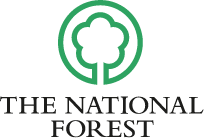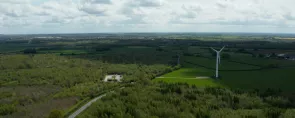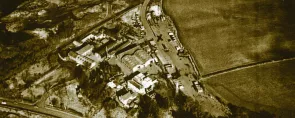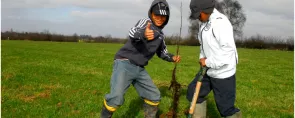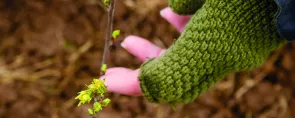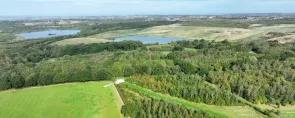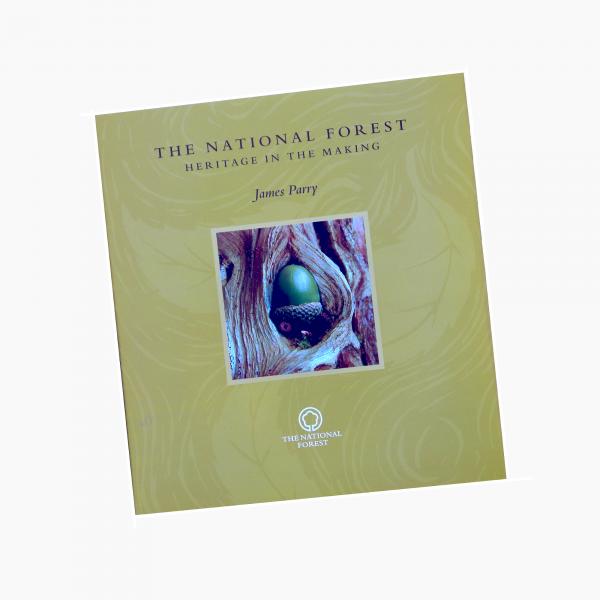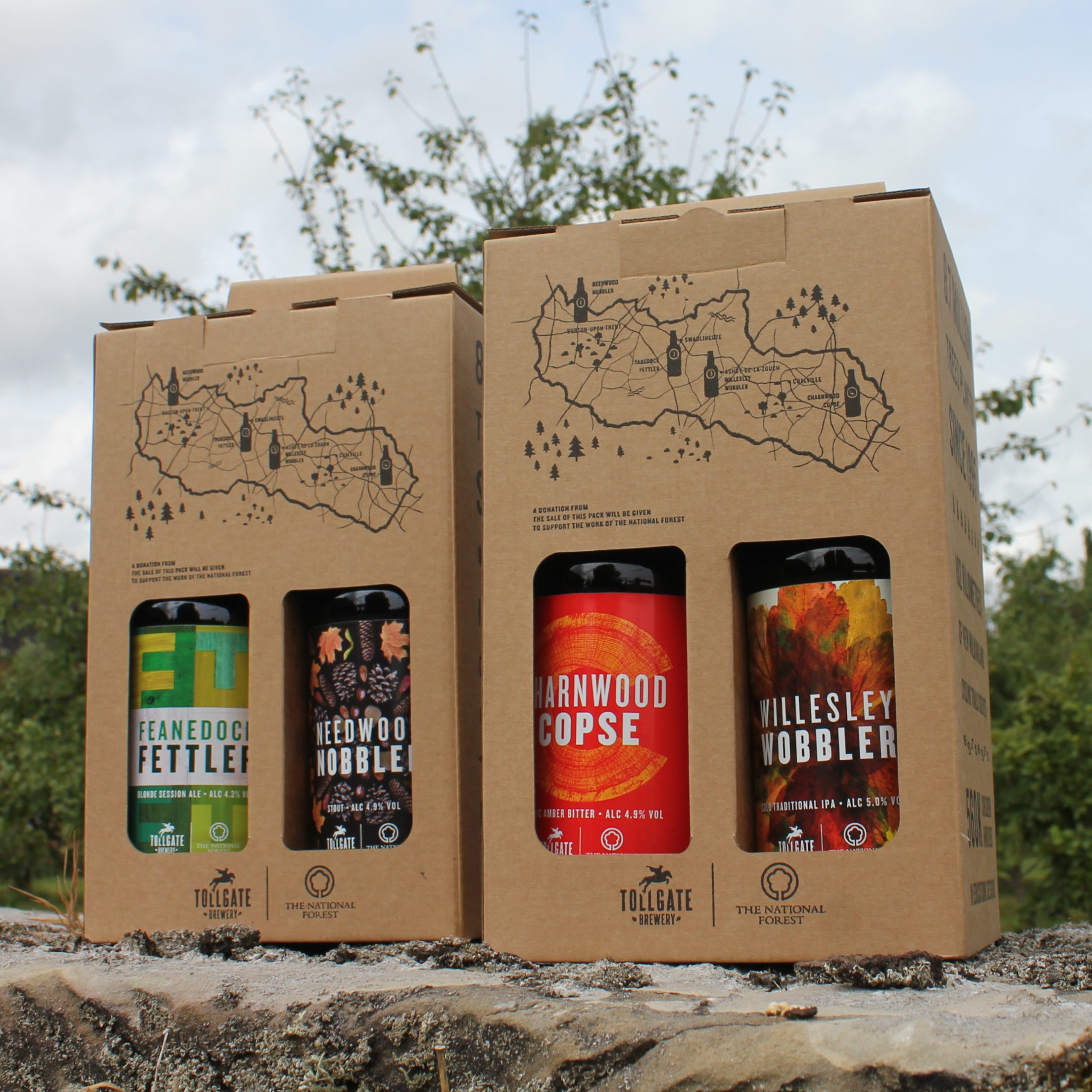The festival of Samhain began on the night of the 31st of October when big bonfires were built as a representation of the sun and the light, which would be disappearing rapidly now as the days grow ever shorter. Fire was also used as a symbol to burn up or smoke out old or harmful influences. Often a hearth fire was doused and then re-lit from a consecrated communal bonfire, a symbol of the old year dying and a new beginning.
Samhain signalled the beginning of winter, associated with death and renewal, as the tree sap withdraws down to the roots and the summer dressing of leaves is lost. One tree that is particularly associated with Samhain is the Yew tree. The evergreen yew was a symbol of everlasting life as it has a remarkable way of sustaining itself over many centuries by returning to life from apparent decay. Aerial roots emerge from the hollowed-out centre of the tree ensuring that the original tree always has branches of vigorous growth to sustain it. The bark and berries produce toxic poisons which also prevented predators from destroying young plants. Many of the oldest yew trees can be found in churchyards, where the trees and the graves beneath them predate the buildings. Tribal elders were buried beneath yew trees as it was believed that their knowledge and wisdom would be sustained by the tree and preserved for centuries to come.
At Samhain, the Celts believed that the veil between the living and the dead was especially thin. This allowed people to slip into the Otherworld or faery realm and the spirits of the dead to visit the living. ‘Trick or Treat’ is a development over time of the idea that some visiting spirits were a little tricky to deal with and they might need appeasing or placating. Gifts of food were left in tribute in case the dead decided to get up to mischief!
Much later, the Christian Church supplanted the pagan festival with their own feasts of All Saints’ and All Souls, which take place on the 1st & 2nd November and which celebrates and commemorates the faithful departed. This is where the word Halloween comes from because ‘Hallow’ is another word for Holy. Halloween is a shortening of ‘All Hallows Eve.’
Whichever tradition you come from, and in almost all traditions across the world, there is a day of remembrance, often celebrated at this time of the year, when those who have lived and died before us are acknowledged.
The ancient people who were more naturally connected to the rhythms, cycles and phases of the year had festivals, traditions and perspectives to help them adjust to each new season. Each phase of the year had its part to play in the season of their lives and was to be welcomed and embraced for its own blessings. Winter is a time of recovery and re-gathering of the energy required to support new growth in the spring. A time to retreat into quiet reflection, to connect to our inner subconscious world, to dream, to vision, to rest and to recover, to embrace the quiet darkness of the winter night.
It is also a time to remember, to give grateful thanks and to honour the lives of those who have passed over; those who we have known and loved in this life, and also those that travelled this way long before us. The Celts would spend the long winter nights in storytelling, re-living the lives of their ancestors, hero’s and heroines, which narratives gave insight and ways of understanding to their own lives. Plus of course endless hours of entertainment with tales of ghosts, spirits and fairy peoples, good and bad!
So often we find the winter season depleting as we struggle against the natural way of being at this time of year. Modern life with its artificial lights and unyielding day length means we have to get up in the dark, attend to an unrelenting number of jobs and demands whilst guarding ourselves against the cold and the increased number of infections prevalent at this time of year.
Maybe we can help ourselves a little by taking time to review our busy schedule and see if there are things we can let go of for a while. Make space instead to curl up in a blanket with a book, listen to a quiet piece of music or a story, take out an old family photo album or take extra sensory pleasure in a hot drink. Maybe we could also take the opportunity at some point in each week to become still and appreciate the dark, embrace it even. Darkness is the element that brings us rest and is also the cradle in which the light is held. Without the dark we could not enjoy the flickering, dancing light of the bonfires or the deliciously scary faces of the Halloween pumpkins, or the breath-takingly dazzling awesomeness of fireworks. If we can, just sometimes, surrender to the winter dark instead of struggling with it, we can relax, release and receive the wisdom that is buried in this magical season.
Karen Jacks is a retired Occupational Therapist who has worked for the NHS for 35 years. After retiring in 2018 Karen found daily life a bit bewildering after losing the structure and rhythms that are imposed on life by working full time and having a family. She says ‘I started to look towards the more natural cycles of life, like the phases of the moon and the pattern of the seasons and that led me via lots of routes to the idea of wheel of the year, which divides the earths annual cycle into eight divisions. I have found a beautiful connection, between the wisdom and beliefs of the old ways, which are grounded in living observations of the Earth’s natural cycles, to the changes in thoughts, emotions and energy levels I experience throughout the year. It has been hugely enlightening and reassuring, in an era when everything is online and changes happen so fast, the Earths rhythms and cycles are basically the same now as they ever were’.
Karen lives in Nottinghamshire with her husband and has two grown up children. She has just started to teach Tai Ji after long years of practice and her favourite place in the world is Beresford Dale in the Peak District.
Do you have a story or experience you would like to share? From poetry to personal stories, we would love to hear from you and your experiences of nature and the National Forest. Email us at stories@nationalforest.org
